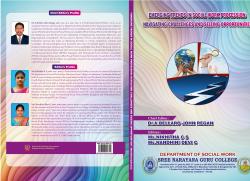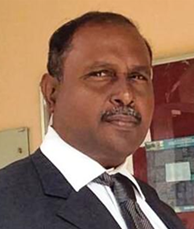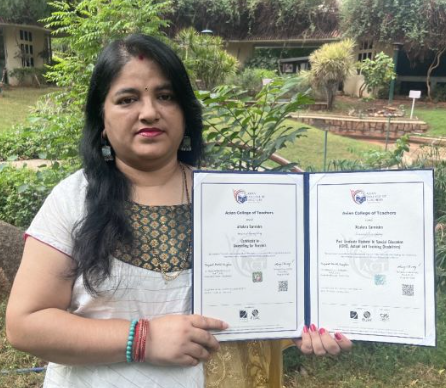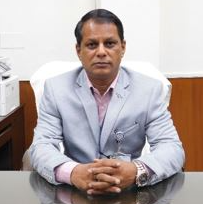Professional Stress of Special School Teachers in Palakkad District
Abstract
The present study aimed to find out the professional stress of special school teachers in Palakkad District, Special school teacher’s experience a high degree of emotional stress on the job as a result of the demanding nature of their roles, including complex student needs, administrative challenges and the pressure to meet IEP goals. Early studies of teacher stress found a relatively high degree of stress. For example,76% and 87.1% of teachers described their stress levels at their school as moderate or significant, respectively. The research, involving 50 teachers working with students with hearing impairments (HI), Visual impairments (VI), Intellectual disabilities (ID)and autism spectrum disorders (ASD), reveals varying stress levels. About 76% of teachers report average stress 16% experience serve stress, and 8% have law stress. The study shows no significant differences in stress levels based on gender type of school management or teaching experience. Key stressors include student behavior and parental involvement and administrative norms have a lesser influence. The findings indicate the need to empower special school teachers in the district to deal students and their parents in a most pleasing and diplomatic way.









